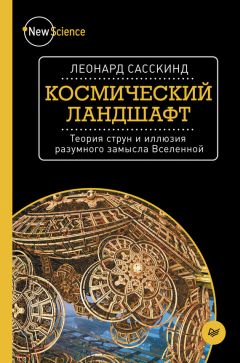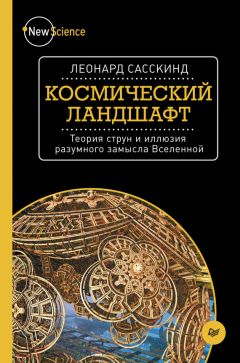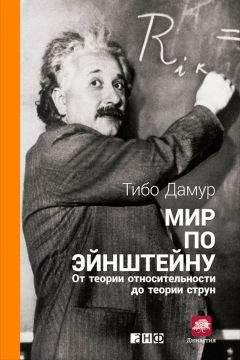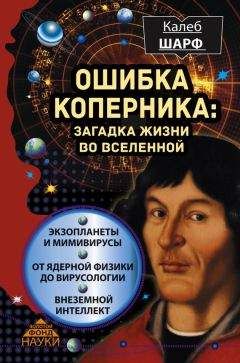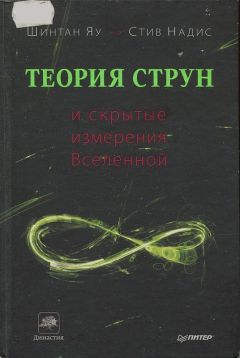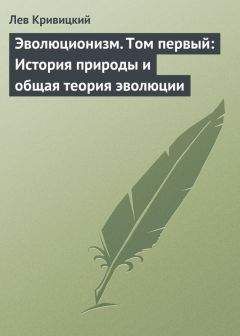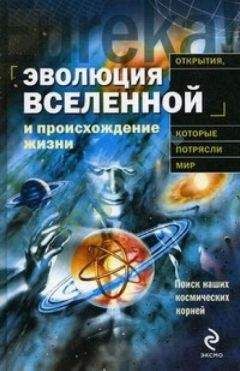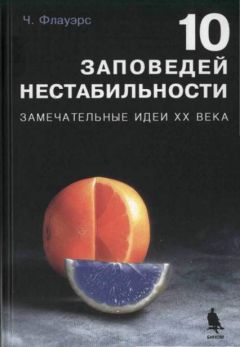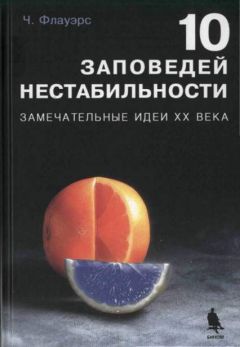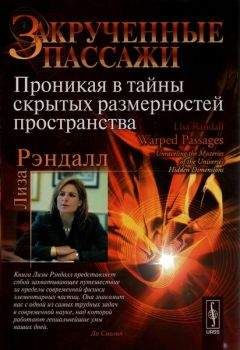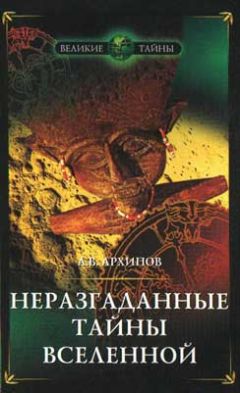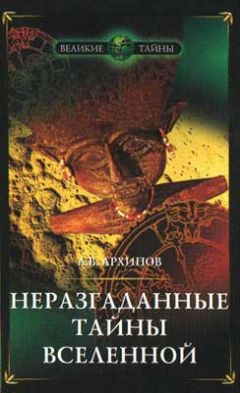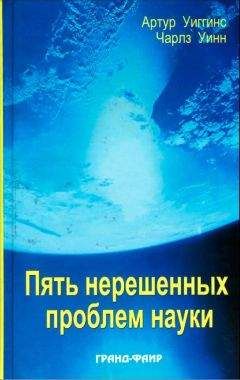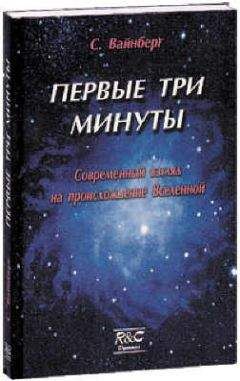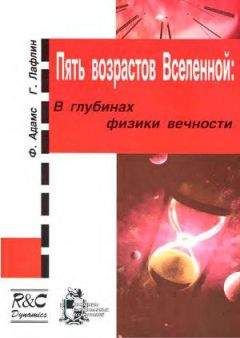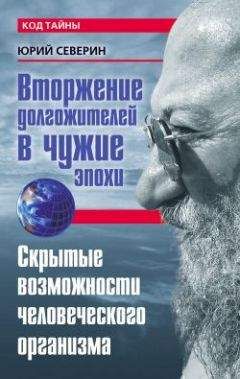Шинтан Яу - Теория струн и скрытые измерения Вселенной
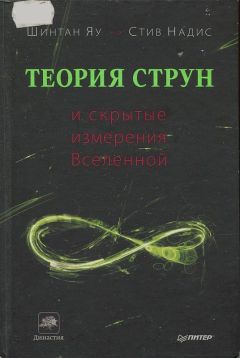
Скачивание начинается... Если скачивание не началось автоматически, пожалуйста нажмите на эту ссылку.
Жалоба
Напишите нам, и мы в срочном порядке примем меры.
Описание книги "Теория струн и скрытые измерения Вселенной"
Описание и краткое содержание "Теория струн и скрытые измерения Вселенной" читать бесплатно онлайн.
Революционная теория струн утверждает, что мы живем в десятимерной Вселенной, но только четыре из этих измерений доступны человеческому восприятию. Если верить современным ученым, остальные шесть измерений свернуты в удивительную структуру, известную как многообразие Калаби-Яу. Легендарный математик Шинтан Яу, один из первооткрывателей этих поразительных пространств, утверждает, что геометрия не только является основой теории струн, но и лежит в самой природе нашей Вселенной.
Читая эту книгу, вы вместе с авторами повторите захватывающий путь научного открытия: от безумной идеи до завершенной теории. Вас ждет увлекательное исследование, удивительное путешествие в скрытые измерения, определяющие то, что мы называем Вселенной, как в большом, так и в малом масштабе.
257
Jim Holt, “Unstrung,” New Yorker, October 2, 2006, p. 86.
258
Michael Atiyah, “Pulling the Strings,” Nature 438 (December 22–29, 2005): 1,081.
259
Robert Mills, “Beauty and Truth,” in Chen Ning Yang: A Great Physicist of the 20th Century, ed. Shing-Tung Yau and C. S. Liu (Boston: International Press, 1995), p. 199.
260
Henry Tye (Cornell University), e-mail letter to author, December 19, 2008.
261
Brian Greene, interview by Ira Flatow, “Big Questions in Cosmology,” Science Friday, NPR, April 3, 2009.
262
К. C. Cole, “A Theory of Everything,” New York Times Magazine, October 18, 1987.
263
Nicolai Reshetikhin (University of California, Berkeley), interview with author, June 5, 2008.
264
Robbert Dijkgraaf (University of Amsterdam), interview with author, February 8, 2007.
265
Brian Greene, The Elegant Universe (New York: Vintage Books, 2000), p. 210.
266
Andrew Strominger (Harvard University), interview with author, August 1, 2007.
267
S. Ramanujan, “On Certain Arithmetic Functions,” Transactions of the Cambridge Philosophical Society 22 (1916): 159–184.
268
Lothar Goettsche, “A Conjectural Generating Function for Numbers of Curves on Surfaces,” November II, 1997, arXiv.org, Cornell University archives, http://arxiv.org/PS_cache/alg-geom/pdf/9711/9711012vl.pdf.
269
Ai-Ko Liu, “Family Blowup Formula, Admissible Graphs and the Enumeration of Singular Curves, I,” Journal of Differential Geometry 56 (2000): 381–579.
270
Bong Lian (Brandeis University), interview with author, December 12, 2007.
271
Michael Atiyah, “Pulling the Strings,” Nature 438 (December 22–29, 2005): 1,082.
272
Glennda Chui, “Wisecracks Fly When Brian Greene and Lawrence Krauss Tangle Over String Theory,” Symmetry 4 (May 2007): 17–21.
273
Sean Carroll, “String Theory: Not Dead Yet,” Cosmic Variance blog, Discover online magazine, May 24,2007, http://cosmicvariance.com.
274
Edward Witten, quoted in К. C. Cole, “A Theory of Everything,” New York Times Magazine, October 18, 1987.
275
Ibid.
276
Alan Guth (MIT), interview with author, September 13, 2007.
277
Brian Greene, The Elegant Universe (New York: Vintage Books, 2000), p. 261.
278
Max Tegmark (MIT), interview with author, October 23, 2007.
279
Faye Flam, “Getting Comfortable in Four Dimensions,” Science 266 (December 9, 1994): 1, 640.
280
Cumrun Vafa (Harvard University), interview with author, January 19, 2007.
281
Robbert Dijkgraaf (University of Amsterdam), interview with author, February 8, 2007.
282
David Morrison (University of California, Santa Barbara), interview with author, May 27, 2008.
283
Allan Adams (MIT), interview with author, May 23, 2008.
284
Joe Polchinski (University of California, Santa Barbara), interview with author, August 31, 2007.
285
Edward Witten (Institute for Advanced Study), e-mail letter to author, January 30, 2007.
286
Adams, interview with author, May 23, 2008.
287
Turnbull WWW Server, “Quotations by Gauss,” School of Mathematical Sciences, University of St. Andrews, St. Andrews, Fife, Scotland, February 2006, http://wwwgroups.dcs.st-and.ac.uk/-history/Quotations/Gauss.html.
288
Ibid.
289
Brian Greene, “String Theory on Calabi-Yau Manifolds,” lectures given at Theoretical Advanced Study Institute, 1996 session (TASI-96), Boulder, June 1996.
290
К. C. Cole, “Time, Space Obsolete in New View of Universe,” Los Angeles Times, November 16, 1999.
291
Andrew Strominger (Harvard University), interview with author, August 1, 2007.
292
Morrison, interview with author, May 29, 2008.
293
Brian Greene, Elegant Universe (New York: Vintage Books, 2000), pp. 268, 273.
294
Paul Aspinwall (Duke University), interview with author, June 6, 2008.
295
Morrison, interview with author, May 27, 2008.
296
Andrew Strominger (Harvard University), February 7, 2007.
297
Chris Beasley, Jonathan Heckman, and Cumrun Vafa, “GUTs and Exceptional Branes in F-Theory — I,” November 18, 2008, http://arxiv.org/abs/0802.3391; Chris Beasley, Jonathan Heckman, and Cumrun Vafa, “GUTs and Exceptional Branes in F-Theory — II: Experimental Predictions,” June 12, 2008, http://arxiv.org/abs/arxiv:0806.0102; Ron Donagi and Martijn Wijnholt, “Model Building with F-Theory,” March 3, 2008, http://lanl.arxiv.org/pdf/0802.2969v2; and Ron Donagi and Martijn Wijnholt, “Breaking GUT Groups in F-Theory,” August 17, 2008, http://lanl.arxiv,org/pdf/0808.2223vl.
298
Strominger, interview with author, July 23, 2007.
299
Cumrun Vafa (Harvard University), interview with author, November 2, 2007.
300
Leonard Mlodinow, Euclid's Mirror (New York: Simon & Schuster, 2002), p. 255.
301
Edward Witten (Institute for Advanced Study), e-mail letter to author, February 12, 2007.
302
David Morrison (University of California, Santa Barbara), interview with author, May 27, 2008.
303
Ravi Vakil (Stanford University), interview with author, May 28, 2008.
304
Strominger, interview with author, August 1, 2007.
305
Piers Bursill-Hall, “Why Do We Study Geometry? Answers Through the Ages,” lecture, Faulkes Institute for Geometry, University of Cambridge, May 1, 2002.
306
Donald Zeyl (University of Rhode Island), interview with author, October 18, 2007.
Подписывайтесь на наши страницы в социальных сетях.
Будьте в курсе последних книжных новинок, комментируйте, обсуждайте. Мы ждём Вас!
Похожие книги на "Теория струн и скрытые измерения Вселенной"
Книги похожие на "Теория струн и скрытые измерения Вселенной" читать онлайн или скачать бесплатно полные версии.
Мы рекомендуем Вам зарегистрироваться либо войти на сайт под своим именем.
Отзывы о "Шинтан Яу - Теория струн и скрытые измерения Вселенной"
Отзывы читателей о книге "Теория струн и скрытые измерения Вселенной", комментарии и мнения людей о произведении.





